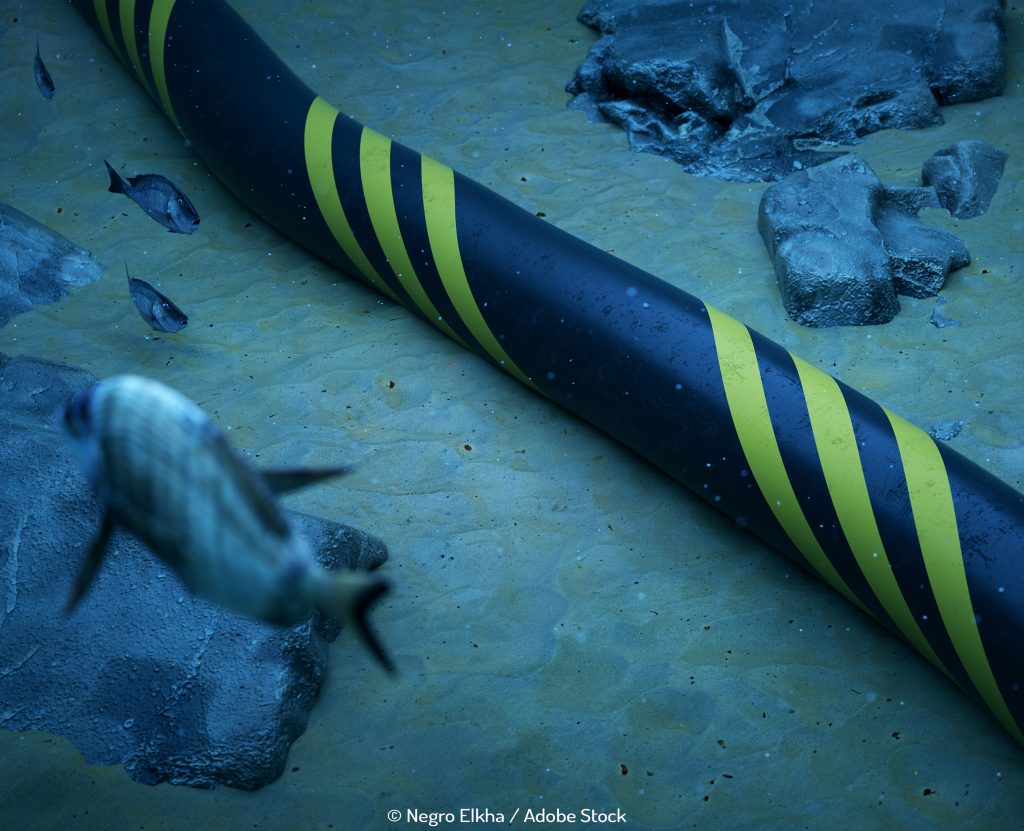Winds of change are blowing!
Wind is being tipped for the top in the drive to deliver more renewable power in Britain, with the country now capable of producing over 5 gigawatts of offshore power, which equates to supporting more than 3.5m homes and saving 6.3m tonnes of carbon emissions a year.
A recent Greenpeace study confidently predicted that by 2030, 85% of our power could come from renewables provided Britain undergoes significant changes in energy production and use. A RenewableUK spokesman said that wind would play the greatest role in the low carbon revolution. “There is no technical or logistical barrier to the UK installing up to 55GW by 2030 but it needs political will, a supportive policy framework from government especially sufficient financial support allocated in the offshore wind pot.”
For the first time during the months of April to June, renewable energy produced more electricity than coal in the UK. Gas-powered power stations was first, with wind, solar and bioenergy sources surging to second place with a record 25%. Nuclear came third delivering 21.5% and coal fell to fourth. In 2014 renewables and nuclear delivered around the same – 19% according to the Department of Energy and Climate Change. It demonstrates the increased reliance on renewable energy as ageing coal and nuclear plants are closed; Dong Energy says by 2030 more than 50% of current capacity from these sources will be retired.
At a time when it’s estimated 65,000 British oil sector jobs have been lost, any industry which has the capacity to grow employment is welcome. Already 18,000 people work in offshore wind and analysts believe in the next five years the potential is there to increase that to 30,000. As well as creating a workforce acutely involved with the offshore projects the industry points to further job creation as a result of increased investor confidence with the likes Siemens partnering with Associated British Ports in a £300m project to build wind turbines in Humberside which will create more than 1,000 local jobs.
Despite the insistence that renewable energy could provide almost all the power Britain needs in the next 15 years, campaigners say it won’t come from a simple trade-off between old and new, but rather the result of a determined effort to reduce our energy requirements. Demand Energy Equality says the drive must come with a 60% reduction in demand through a home insulation programme and other initiatives. In addition Greenpeace envisages a situation where homes and buildings have smart meters and do away with gas-fired boilers, instead using ground source heat pumps or electricity sources.
As well as funding the ambitions of the renewable sector (a 2011 study by Poyry consultants for the parliamentary climate change committee estimated it would cost between £126bn and £227bn to achieve 65% renewable penetration by 2030), the other obstacle is the public perception. Greenpeace argues that the tide on this is turning. “For a long time the government and the fossil fuel industry have peddled the argument that renewables can’t keep the lights on if the wind’s not blowing. This hasn’t been based on evidence but out of date instincts seemingly from staring out the window to see how windy it is,” according to Doug Parr Greenpeace Chief Scientist. “For the first time we have the evidence showing it is possible to keep the power system working and decarbonise the electricity system. It is hugely ambitious but definitely doable, and will take the same kind of enthusiasm and financial support from government, normally the sole preserve of the nuclear and fossil fuel industries.”
There are few things that money can’t buy, and there’s little doubt it can buy influence in government policies. Although Standard and Poor’s reported a two-year dip in renewable investments, that is now starting to shift and in 2014 there was a 17% increase to $270bn in renewable transactions. BlackRock sees it continuing and says investment management firms are building up teams of professionals with specialised knowledge of renewable energy economics, regulation and technology. The Divestment Campaign is persuading multi-billion dollar companies to shift money from fossil fuels to renewable investments and gaining not only momentum but considerable media coverage. Offshore wind’s lifetime costs have fallen by 11% in the last four years and in its eighth annual renewable survey Lazard says improvements in technology and material declines is driving this.
As the head of European Renewables Investment at BlackRock Rory O’Connor says, “It’s making sense from so many different perspectives. It’s a trend that’s definitely continuing.”


